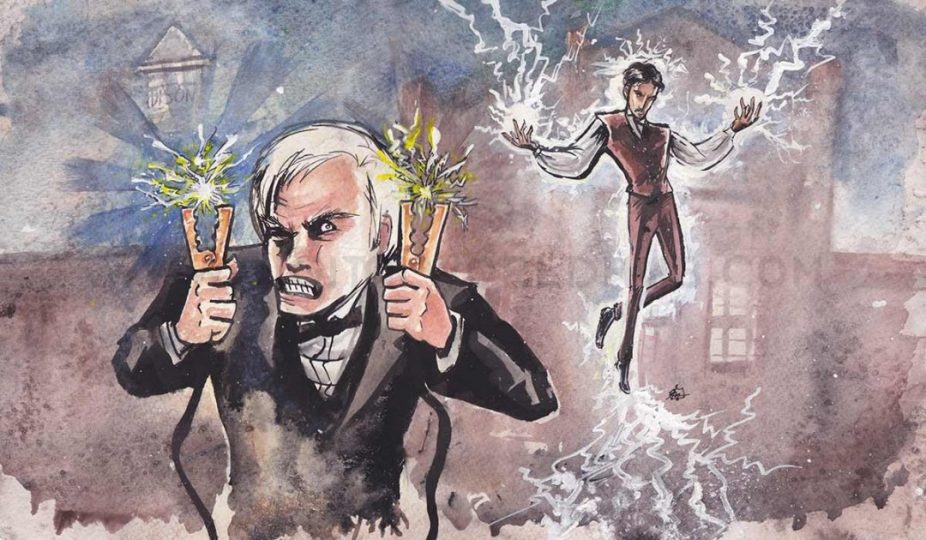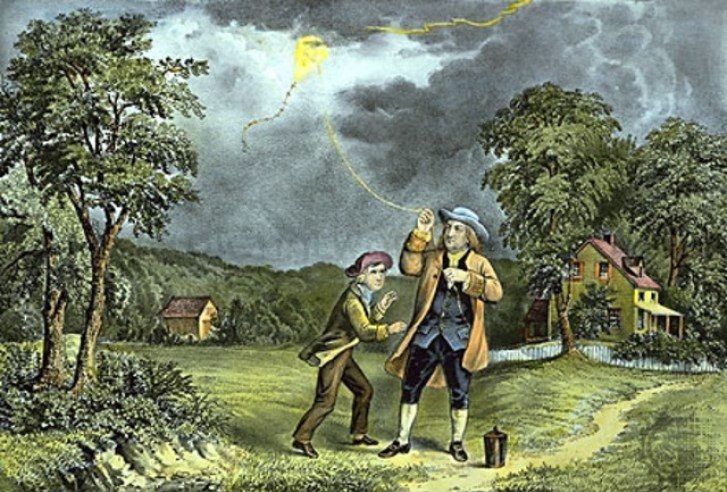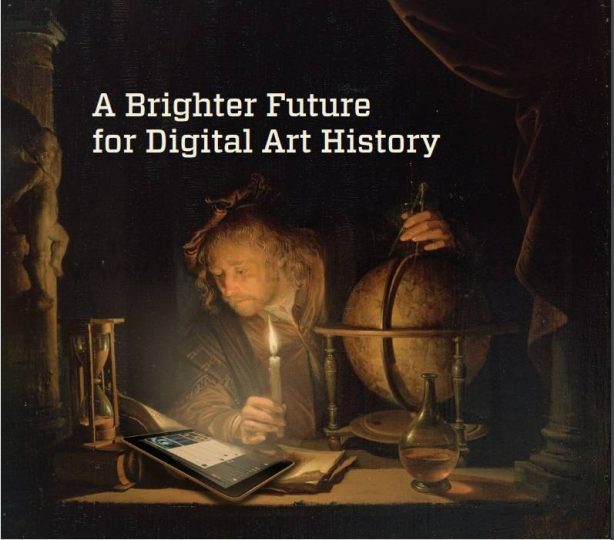Table of Contents
If you think about experiments or experiments of scientists, how does the image appear on our head? It seems that some scientists from the Gommukhuks are working night and day together, forgetting to eat, and working with sophisticated equipment and making piles of heaps. But all the tests of science are not a grueling, tedious process. Some tests are a bit awkward, some experiments also give people entertainment. In today’s writing, we will know about some of the earliest factories in the discovery of electricity.
These experiments are not pleasant or complicated because they are not complicated, but it is not a matter of reluctance. Their role was very important to enrich the knowledge of electricity in the field of electricity. Then let’s know about three strange things.

The Flying Boy Experiment
It is more reasonable to say that it is not a test. Because scientist Stephen Gray did not manage it as a test. He operated it to entertain the public using his electricity knowledge. Even if the spectators were delighted to see the magic of electricity, it would not be said that it was pleasing to the boy who participated in this test. Before learning about the test, let’s learn a little about the level of knowledge of electricity at that time.
At the beginning of the eighteenth century, the significant achievement of the scientists in power was that only auto von Guerick’s sulfur force a Large amount of electric charge could be deposited in the garbage with the cloth. But the knowledge about power transport was then almost in the nook Stephen Gray first observed in 1729 that various substances were electrically conductive at various levels. As the transport of the metallic object quite a good electricity, on the other hand, wood or cloth does not support such a thing as electricity.

He also noticed that the land itself behaved as a power conductor. Using copper, he was able to transport electricity from one Garrick ball about 300 feet away to another Guerick. He arranged an examination table to show his knowledge to the public. To do this, he used to hang a boy with ceiling ropes from the ceiling. Its purpose was to isolate him from the electric conductive land. He was completely separate from any type of conductive.
Magic Boy
Then he touched a charged garlic ball on the boy’s legs. The boy’s body was charged. It was the turn of his power to show his magic. Sometimes he would keep flower petals on the floor below the boy. As the boy’s body was charged, petals of flowers attracted to him, and the boy would have been floating in the center. Sometimes he would show a book in front of the boy’s hand. The boy could turn the page without touching the page of the book. The crowds amazed at the surprise of these scenes.
Never did this power to any of the visitors. Calling interested people, they made to stand on an immovable drum. Then the boy touched him. He did not feel anything to stand on the immovable object, but he has charged. After a little while, he could see that the audience got electric power just like a boy. But the game of static-electric attraction is not the end here. His last test was not as silly as the others.
He knew that if the amount of charge greater, sparks created during discharge. He used to charge the boy more. The lamp of the hall was dumped. Then called the bringer down from the immovable object and told him to touch the boy. When the person’s finger moved towards the boy’s fingers, everyone could hear a strong sound and saw that electricity was sparkling in between the fingers of two fingers. Does this shock seem to be happy for the boy?
The story of Leiden Zar and one priest
In 1745, Dutch Professor Peter von Maesthenbroke brought the matter of collecting electrical transfers a little further from the General Garlic sphere. He created Leiden Zar with specially made glass bottles. Its structure was just plain. Inside a glass bottle, the outer wall surrounded by metal material. If you have an idea about the structure of the capacitor then surely understand that this was the first version of the capacitor. Conductive metallic plaques on the sides of the glass wall work as electroscopes, and in the middle rhinestone die-electric material.

These electrodes could charge through the Guerrilla sphere. Then, when a helm inserted inside it and the outer wall discharged with sparks and shocks. Leiden Zara an invention that was great because the electrical charge could not store simply by it, as well as it could carry it somewhere else for discharge. Interesting people started working on this at various points of the world. However, one Christian clergyman has done a pair of fairs.
In 1746 French parishioner John-Antoine Roulette organized a test in his hometown. He set about two pandits in a circle around a mile. Then each of them given twenty-five feet long brass, while the two stood on the same sheet. In this way, everyone connected with each other. Maillet appeared with a specially designed, high-powered and fully charged Leaden. He added the first and the last brass sheet to the two electrons lades of Leiden Zare.
At the moment, electricity spread from Leiden Zaar in the body of poor priests. All of them should have paralyzed temporarily, like a thunderstorm, their muscles tightened tightly. Nokal, through his examination, actually wanted to understand how fast electricity flows through the human body. At the end of the examination, naturally, his decision was “very fast”.
Electric Kisses
At the time, these research scientists attracted the people, seeing the work of scientists like Noble, Benjamin Franklin, Columbia, the general public became interested in electricity. This is a strange thing due to this interest when the small electric shock took into fashion. The people who have received the bar or possessed Leaden poisoned the shock. The fact that this shock took place know as ‘Electric Kiss’.
Although these above-mentioned tests or exhibitions are bizarre, they enrich the knowledge of the people about this electricity. Curiosity has attracted people to know about electricity, to work. This was the time to build the foundation of knowledge about this. Based on that, more and more scientists, engineers, workshops of the work made possible by the era of today’s election, our modern civilisation.



























